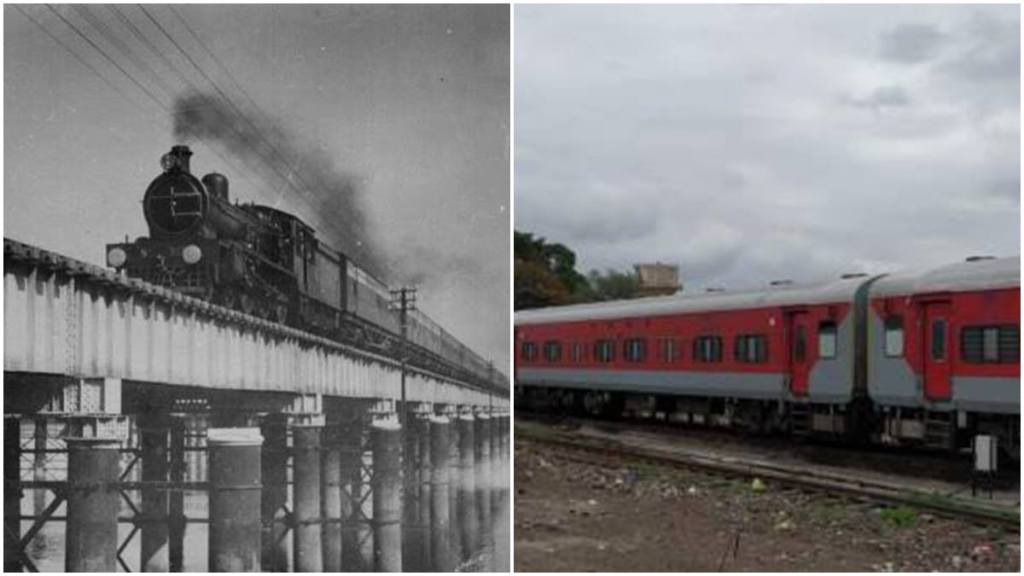Indian Railways has replaced the country’s first double-decker coaches train – Flying Ranee, with new Linke Hofmann Busch (LHB) rake. The new rake is superior in respect to comfort, convenience and safety as compared to the conventional rake.
There is an interesting story behind the introduction of this train and in its name. The train is also popularly known as – The Queen of Western Railway. This iconic train has become immensely popular and caters to the needs of the people between Mumbai and Surat.
Why was the train named ‘Flying Ranee’?
The train was named as Flying Ranee by the wife of the then District Superintendent of Bulsar (now Valsad) at Bombay Central before a large gathering.
When was ‘Flying Ranee’ first introduced?
The Flying Ranee Express first started its service in 1906. However, it was stopped intermittently in between and has been on tracks again since 1950.
Re-introduction of Flying Ranee post 1950:-
After the independence of the country, KP Mushran, the then General Manager (GM) of BB&CI Railway, assured the public in July 1950 that the train would be back in service.
Inaugural run of Flying Ranee Express:-
The Flying Ranee Express commenced its inaugural run on November 01, 1950, with eight coaches chugging out of Surat railway station, carrying around 600 odd passengers. It carries Second and Third Class accommodation, with a dining car for vegetarians and non-vegetarians. This is for the first time that the national transporter had introduced the reservation facility for Third Class passengers.
Frequency of Flying Ranee in 1950s:-
In the 1950s, as in the 1930s, the Flying Ranee Express train operated on all days of the week except Sundays. This was the fastest train between the two cities with limited stoppage points. During the journey, the train stopped at Borivali, Palghar, Dahanu, Daman, Udvada, Valsad, Bilimora and Navsari. In later years, the railways revised its stoppages and made stops at all important seaside resorts for the travellers such as – Gholvad, Umbergaon Road and Sanjan.
Fastest medium-distance train in India
The Flying Ranee Express achieved another milestone in 1965. It becomes the fastest medium – distance in the country. The colour of the train was also changed and was given a distinct light and dark coat of blue of the zonal railway. However, in 1976, the train was again painted and was given a shade of light and dark green. It started its operation on electric traction from June 1977.
Attachment of double-decker coaches
The Flying Ranee Express became the first train to be attached with the double-decker coaches on December 18, 1979. The train had ten Second Class double-decker coaches, each with a capacity of 148 passengers. Due to the changes in composition, the carrying capacity of the train increased by 29 percent.
Current service of Flying Ranee Express
At present, the century old train leaves Surat daily at 05:10 hrs and reaches Mumbai at 09:50 hrs. In its return journey, the train departs from Mumbai Central at 17:55 hrs and reaches the destination at 22:35 hrs.


